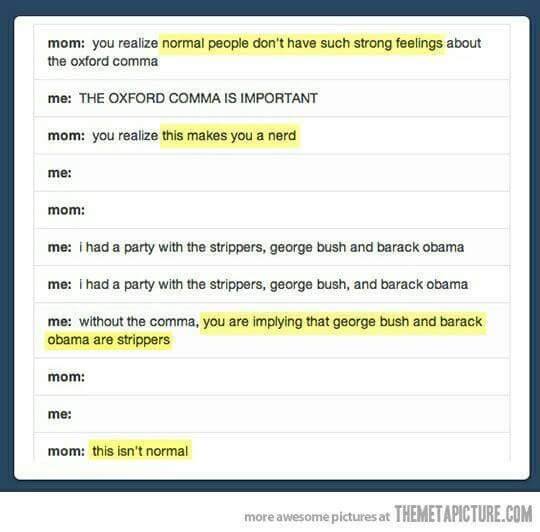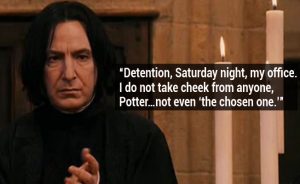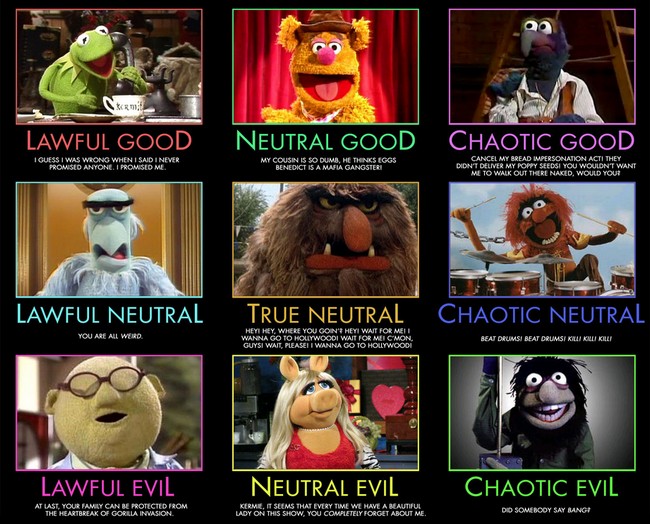
FreeDigitalPhotos.net photo by Praisaeng
Replenish
This week’s other cool blogs postings from Magical Words returns to the incredible Tamsin Silver. (see other blog from her I commented on HERE)
This weeks blog is Hump-Day Help: Refill/Restore/Replenish.
Very timely for me in the middle of tax season. I get an hour … yes one hour … of personal computer time per day right now. The other waking hours are one hour to get ready for work and the hour once home to pack for the next days work (lunch, layout clothes, shower, and the like) and an hour to wind down – not on the computer because that will not wind me down. On the weekends I get an extra hour each day, one for groceries and one for clothes. That is pretty much my life right now outside of work. Yes, I am working seven days a week and have been since January second.
Oh, and that one hour of computer time is devoted to keeping this blog running, keeping in touch with friends, dealing with bills, and the myriad of other obligations.
Any of it writing or creativity? Not really. And I am tired. Core-center through-and-through tired.
Ms. Silver hits it spot on. Take care of yourselves. It is necessary – as a writer, as an artist, as a human. Read the Magical Words blog – again the link is here. And go rest, refill, restore and replenish.
(And to all of you out there holding down two jobs AND raising kids – you people are amazing!)
WRITER’S & READING EXERCISE: Do one creative thing. Something that makes you smile with accomplishment once you are done.
(Addition from 2/25/2015 – Ms. Liana Brooks has an excellent addition to this discussion at http://lianabrooks.blogspot.com/2016/02/maslow-vs-deadline.html
I love Maslow’s pyramid of needs and this makes sooo much sense for writer’s block.)


